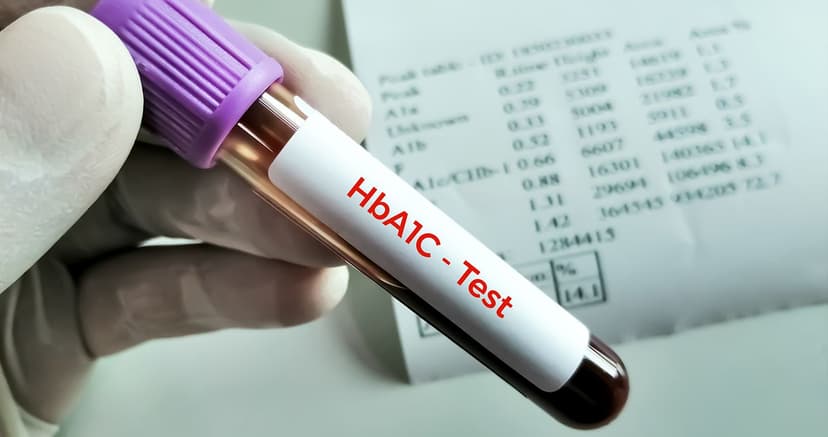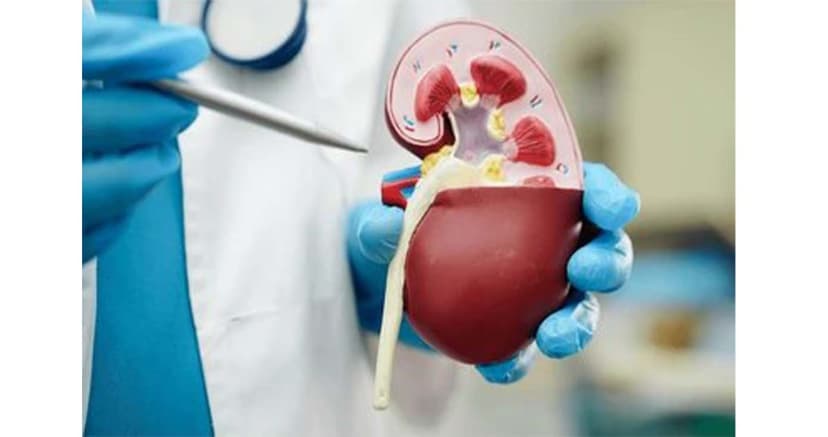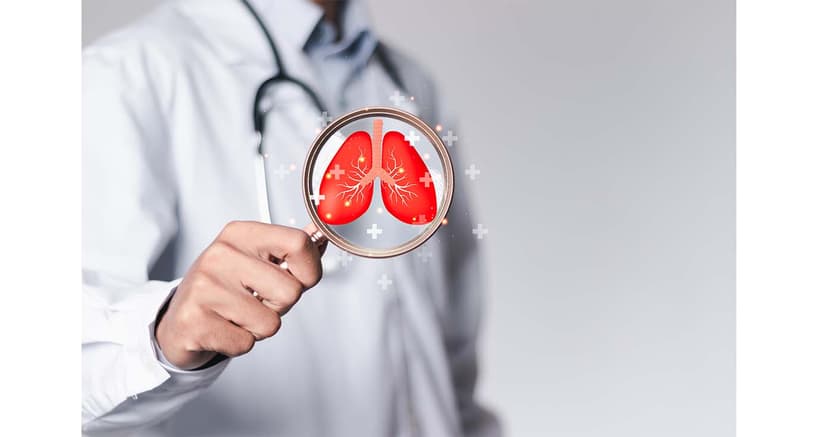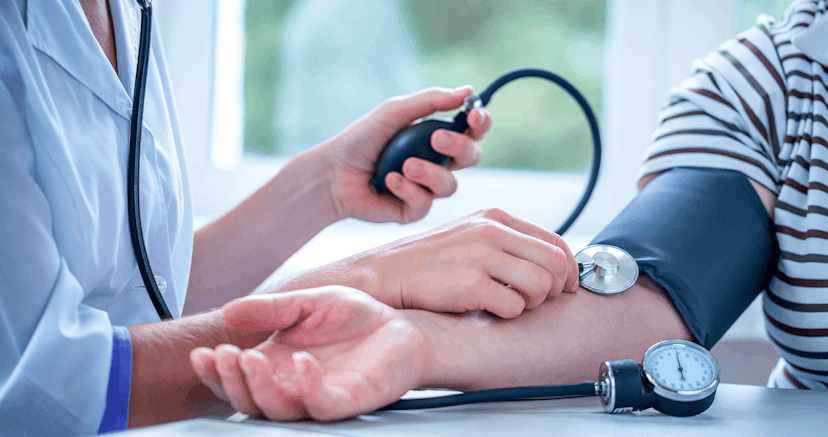Lung Disease and Heart Disease: How They Are Connected and What You Can Do About It
By:

Apex Hospitals
13-12-2024
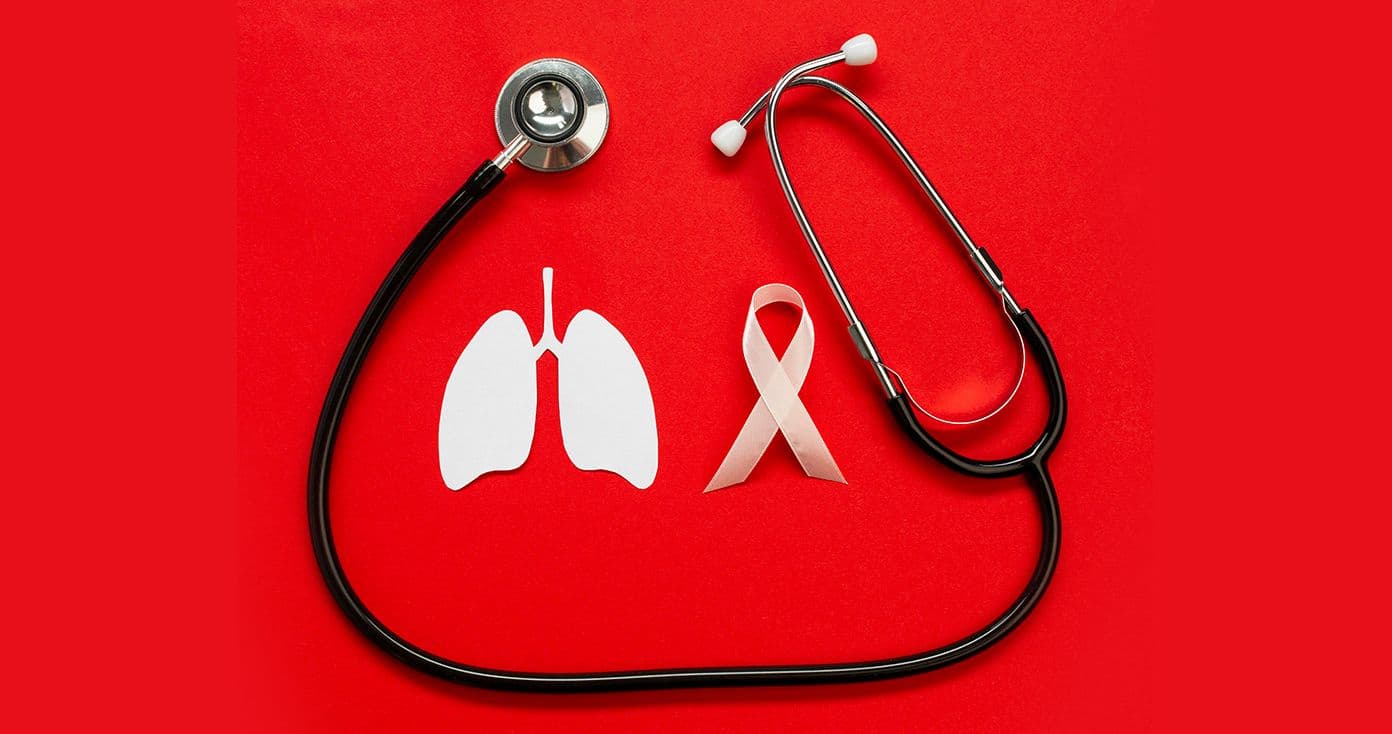
The heart and lungs are two essential organs that work harmoniously to keep your body functioning smoothly. While they share a chest cavity, their connection goes far beyond physical proximity. Breathing, a vital yet often overlooked activity, occurs thousands of times daily without much thought—until it becomes problematic. Respiratory issues like asthma, pneumonia, or congestion may arise for various reasons, but did you know they can escalate and impact your heart health?
Yes, your respiratory and cardiovascular systems are deeply connected, and a problem in one can disrupt the other. The heart and lungs form an inseparable team, ensuring oxygen-rich blood reaches every part of your body. The other is often affected when one falters, leading to significant health risks. Understanding this vital link is key to preventing complications and maintaining overall health.
How does it work?
With every heartbeat, your heart and lungs work together to sustain life. The right side of the heart, known as the pulmonary loop, collects oxygen-poor blood and sends it to the lungs for purification and oxygenation. Once enriched with oxygen, the left side of the heart, or the systemic loop, pumps this oxygen-rich blood to vital organs such as the brain, liver, and kidneys. The cycle continues as oxygen is utilized, and carbon dioxide is expelled through exhalation.
This intricate coordination between the heart and lungs ensures your body's needs are met seamlessly, circulating about five quarts of blood per minute and completing an entire cycle in 16 seconds. When these systems function together, you enjoy good cardiopulmonary health—a cornerstone of overall well-being.
The Heart-Lung Connection
The heart and lungs share a critical dependency, meaning a problem in one system can often trigger issues in the other. Our experts explain that the interconnectedness of these systems means that failure in one can lead to failure in the other.
For instance, heart failure limits the heart’s ability to pump sufficient oxygen-rich blood throughout the body. Depending on which side of the heart is affected, it can strain the lungs and lead to oxygen shortages. Similarly, chronic obstructive pulmonary disease (COPD) causes airway inflammation, making it harder for oxygen to move in and out of the lungs. This can elevate blood pressure in the pulmonary arteries (pulmonary hypertension), increasing the workload on the heart’s right side and potentially leading to heart failure.
Other chronic conditions, such as asthma or coronary artery disease, can disrupt the delicate balance between these two systems. Common warning signs of cardiopulmonary issues include chest pain, shortness of breath, irregular heartbeat, swollen legs, dizziness, and fatigue. Maintaining a healthy heart and lungs is essential, as their seamless collaboration ensures your body receives the oxygen it needs for optimal function.
What You Can Do About It
- Quit Smoking: Smoking damages both your heart and lungs, significantly increasing the risk of disease.
- Eat a Balanced Diet: Opt for a diet rich in fruits, vegetables, whole grains, and lean proteins to reduce inflammation and improve cardiovascular health.
- Stay Active: Regular physical activity strengthens the heart and lungs, improving circulation and oxygen exchange.
1. Adopt a Heart-Lung Healthy Lifestyle
- Regular Check-ups: Routine health screenings can help detect early heart or lung disease signs.
- Manage Chronic Conditions: If you have a condition like COPD or hypertension, follow your treatment plan closely to prevent complications.
2. Monitor Your Health
4. Seek Specialized Care
Consult a specialist if you’re experiencing symptoms affecting your breathing or heart health. At Apex Hospitals, our multidisciplinary cardiologists and pulmonologists work together to provide comprehensive care tailored to your needs.
The Role of Comprehensive Care
At Apex Hospitals, we understand the intricate relationship between heart and lung health. Our state-of-the-art diagnostic tools and advanced treatment options ensure you receive the highest quality care for both systems. From managing chronic conditions like COPD and coronary artery disease to offering pulmonary rehabilitation and cardiac care, we support your health journey.
FAQS
Related Articles
Connect With Us
Health In A Snap, Just One App.
KNOW MORE


















